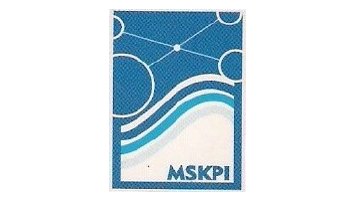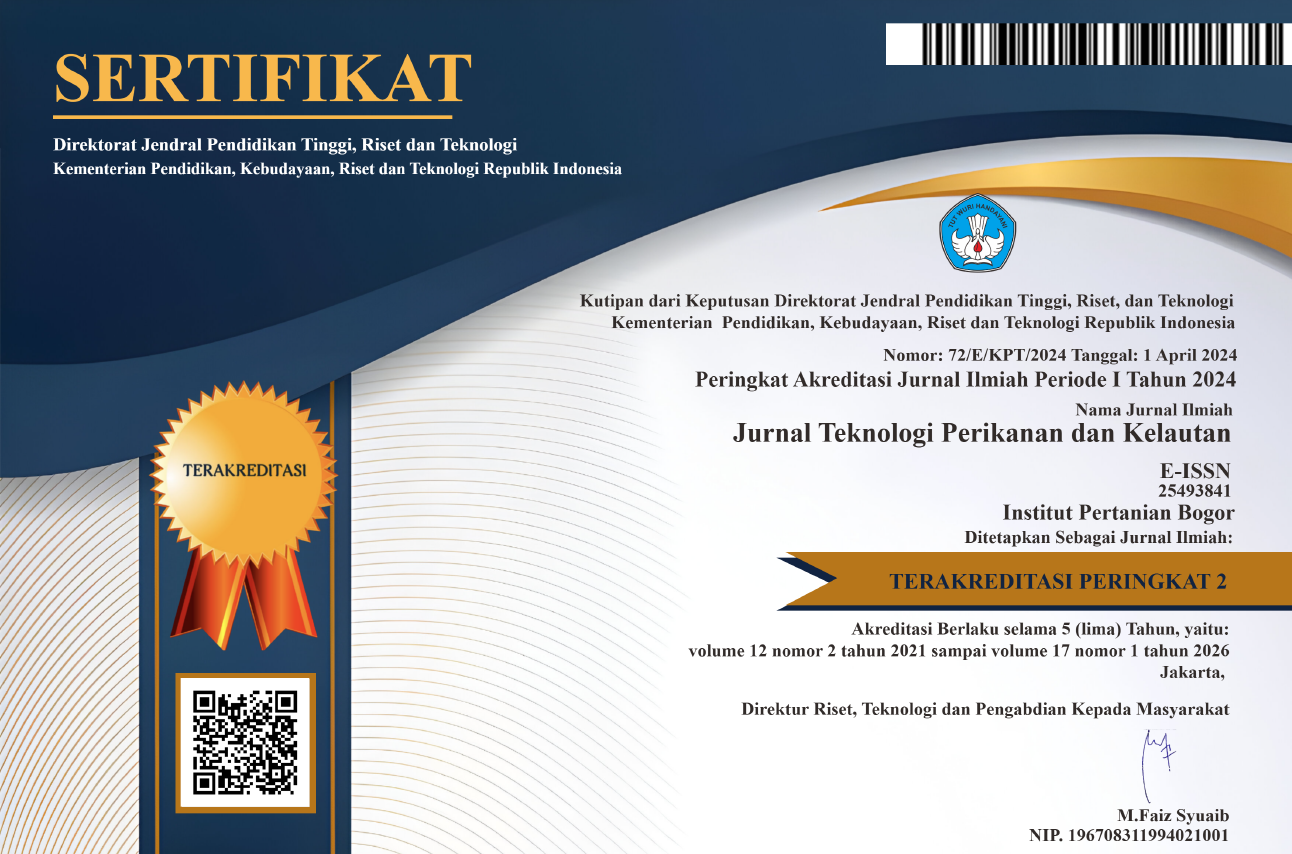TINGKAT KERENTANAN PESISIR DI UTARA DAN TIMUR PULAU BINTAN PROVINSI KEPULAUAN RIAU TAHUN 2020
Abstract
Coastal areas are unique, dynamic, and complex because they are zones of interaction between land, oceans, and atmosphere. This makes coastal areas the most vulnerable areas on Earth. To find out how big the vulnerability is in a coastal area, a study is needed to determine the vulnerability level of coastal areas and the influencing factors. Research on the coastal vulnerability level at this location was conducted in 2016 and it was concluded that the coastal vulnerability level is in the medium category. With the development of potential utilization in the area, it is necessary to conduct similar research in 2016 to find out if there is a change in vulnerability level between 2016 and 2020. The data used consisted of coastal geomorphology, tidal, Landsat 7 ETM+ and 8 OLI, sea level rise and DEM satellite imagery. Data analysis using Coastal Vulnerability Index (CVI) method. The results showed the coastal vulnerability level at the research site was in the low-medium category, with a CVI score range of 9,93-25,86. Topography, geomorphology, intensity of shoreline changes, and coastal slope are factors that can cause the vulnerability level at the research site can be very high. However, the interconnectedness between other parameters can inhibit the high level of vulnerability, making the level of coastal vulnerability at the research site to be only in the low-medium category. There was a change in vulnerability level conditions between 2016 and 2020 the level of vulnerability at the east coast decreased to a low category.
Copyright (c) 2021 Jurnal Teknologi Perikanan dan Kelautan

This work is licensed under a Creative Commons Attribution-NonCommercial-ShareAlike 4.0 International License.





















